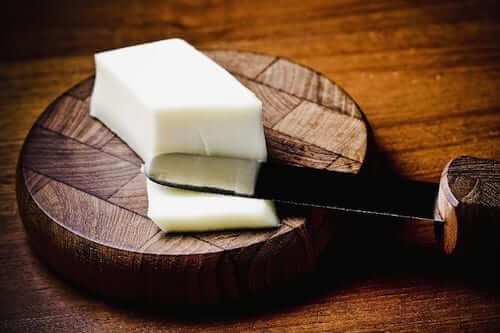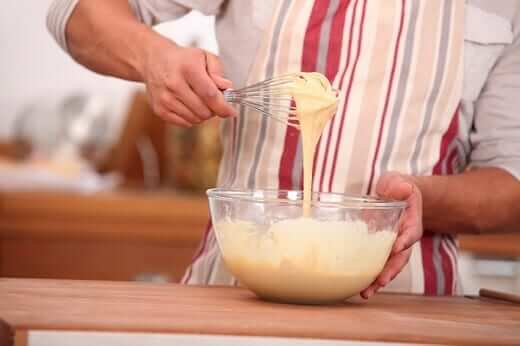What is Shortening?
If you like baking your own treats at home, you might have stumbled upon some recipes and asked yourself “what is shortening?” The chemical process involved is a nightmare to understand. It’s usually explained in a string of scientific terms. It is basically a type of fat added to dough to make baked goods softer…
This post may contain affiliate links. Please read our disclosure policy.
If you like baking your own treats at home, you might have stumbled upon some recipes and asked yourself “what is shortening?” The chemical process involved is a nightmare to understand. It’s usually explained in a string of scientific terms. It is basically a type of fat added to dough to make baked goods softer and lighter instead of crispy and flaky. This fat is solid and can be made from plants or animals. Shortening is usually a term used to describe both the type of fat you add and what happens when you do.

Why should you use shortening?
Flour made of wheat contains a substance called gluten, which makes dough sticky and chewy. Adding shortening changes the effect of gluten on the batter. In other words, without shortening, baked goods are flaky. With shortening, whatever you bake comes out of the oven soft and crumbly. Having said this, it is perfect for tarts, pies and just about any treat that needs a crust with great texture.
Simply put, the term “shortening” refers to the fat’s ability to shorten the strands of gluten in wheat flour.
What is shortening used for, other than baking?
As mentioned earlier, shortening is a fat, which means it can serve as a substitute for the fat you normally use. Many people replace it with butter and cooking oils. Butter and margarine contain water and usually splashes when it is heated for frying foods. Shortening has less water content, which means it will remain contained inside the pan or pot. The solid fat does not need to be refrigerated for long life. In the early centuries, it was favored over butter and margarine because it was cheaper to manufacture and could be stored for long periods without requiring refrigeration.
What is shortening made of?
It is fat made from vegetable oils. In most cases, shortening is the product of cottonseed or soybean oils. It can, however, be made from oils derived from animals. Since they are initially in liquid form, hydrogen is added to these vegetable oils to turn them into solid fat. For you to add it to your batter, you need to melt it or cream it in.
What are the effects of shortening on your health?
Unfortunately, there is a price to pay for making perfectly baked treats. Shortening contains the highest calories when compared to butter and margarine. Fortunately, it redeems itself by being the lowest in cholesterol. All three substances – butter, margarine and shortening – contain saturated fats. These fats are the unhealthy kind and have been discovered to cause poor digestion, increase the risk of heart disease and make you gain weight. Shortening, however, does not contain trans fats. Trans saturated fats are far more dangerous than saturated fat because they transform into LDL cholesterol which is detrimental to cardiovascular health.
What can be used as a shortening substitute? Get the information here.
Which is best: butter, margarine or shortening?
Each of these sources of fats has their own advantages and disadvantages. The best way to answer this question is to follow the recipe.


Sonia says
love the information and your unbiased view of which is best. great detail will find it helpful in my research. thanks and thumbs up!
zeny hughes says
Hi making special pandesal pilipino bread what best to use is it shortening or butter.thnk you
Vanjo Merano says
Zeny, it is best to use cooking oil such as canola or vegetable oil to make pandesal. Our Pandesal Recipe might be of help.
ivoj7 says
thanks for the info, pero di ba ang shortening ay nagbibigay din ng flakiness sa emapanadas at mga croissants?
Vanjo Merano says
its butter that make them flaky, not shortening.